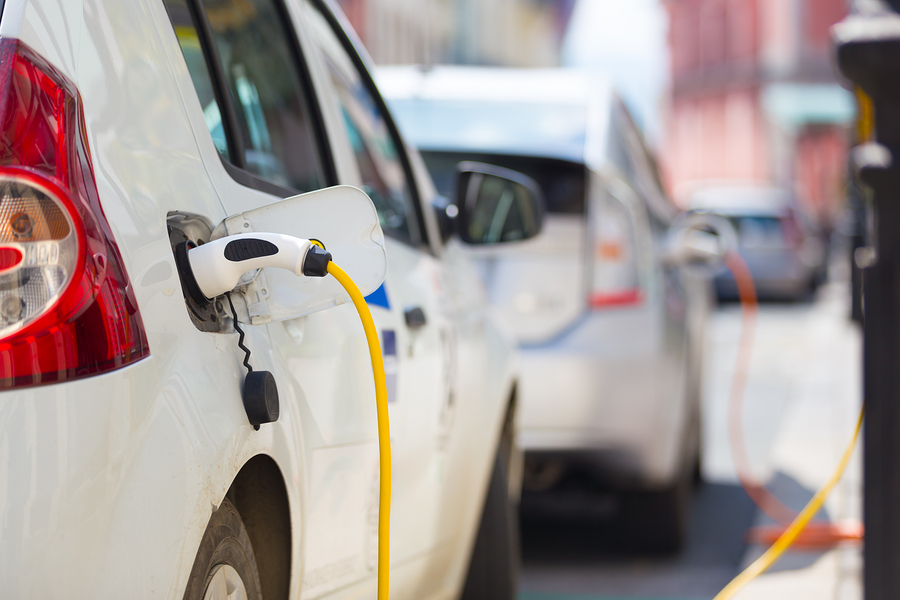The auto industry has undergone its own changes in recent years in response to fluctuations in gas prices and the economy and the call by consumers and governments to come up with better and more efficient vehicles when it comes to the use of energy. This helped to lead to the creation of not only hybrid cars, which make use of fuel cell batteries and combustion engines to give a combined source of driving the car but also to the creation of more electric cars in the marketplace. There is a growing popularity of plug-in cars as people see the benefits of having cars like this for both economic and environmental reasons.

Environmental Benefits of Plug-In Cars
There are a number of obvious upsides to plug-in cars when it comes to environmental factors. The most important of these is naturally that the cars do not have a reliance on any type of fossil fuel being used, making them better for the environment in a couple of ways. Since the cars do not need fuel to run, you will eliminate the need for gas for the car, making an impact on the depletion of natural resources that has taken place over the last thirty years or so. There will also be fewer emissions being placed into the air and atmosphere that are caused by burning fuel and fumes from traditional cars, making the air less polluted, which is better for people, animals and the environment and climate overall.
Economic Savings from Plug-In Cars
Having a plug-in car can be better for your wallet and your budget as well. While you will have to make the initial investment in the car and the charging station and equipment for your own home, many places offer federal rebates and subsidies to help offset these investments and provide you with tax breaks for owning a car like this. You will also save money regularly since the car will not need to be filled with gas constantly, which can be a great savings to you over other vehicles. Plug-in cars also experience less wear and tear on many of their parts because of the design nature of the vehicle, meaning you will spend significantly less on repair work that you might ordinarily have to have done on your car often for things such as brakes, exhaust systems, air filters, oil filters and more.
Sales for manufacturers that offer plug-in cars have grown steadily in recent years, making the models more readily available everywhere and making many cities and locations make accommodations for these vehicles by offering charging stations in areas around cities and at malls. Most electric cars can go about 100 miles or so on a charge and can take half a day to fully charge, but there are improvements being made all of the time to make them even more efficient than they are. As the popularity of the cars grows and more production is introduced by other companies it is likely that the prices on the vehicles will come down some, making them more attainable for everyone so that there can be more of these vehicles on the road.
